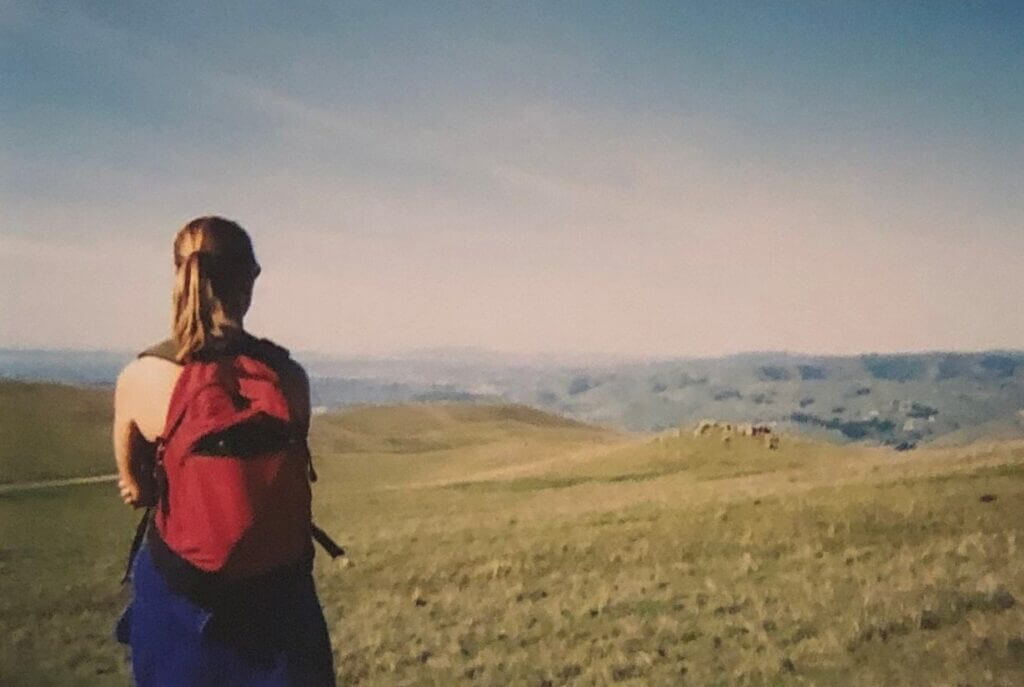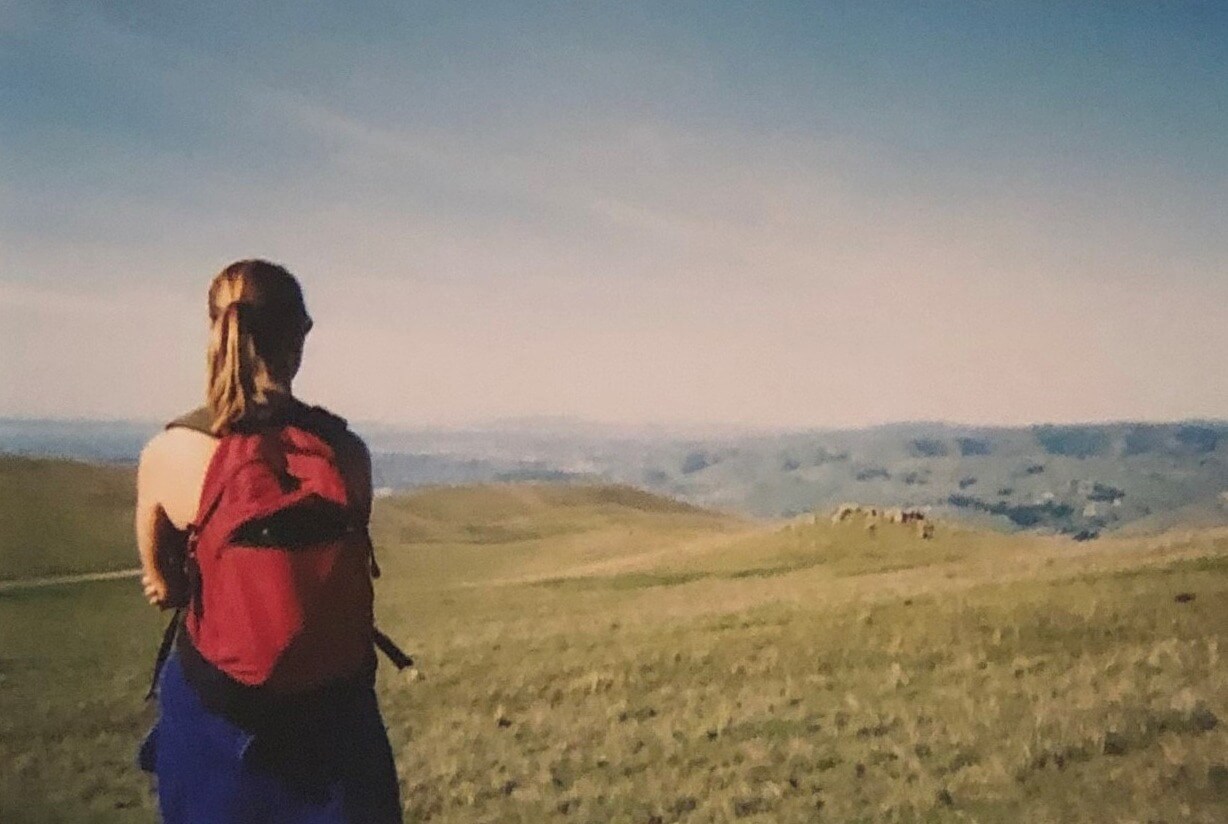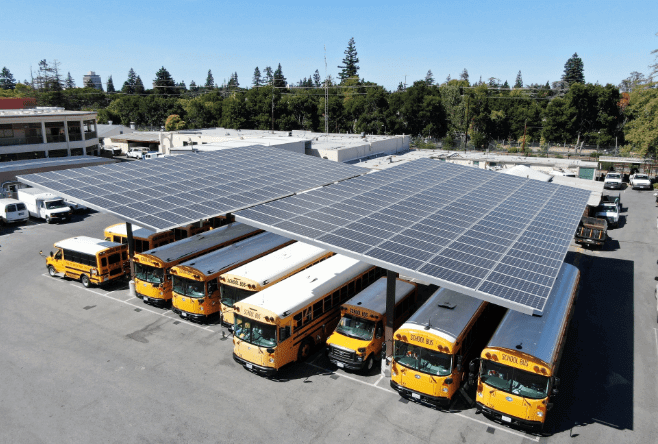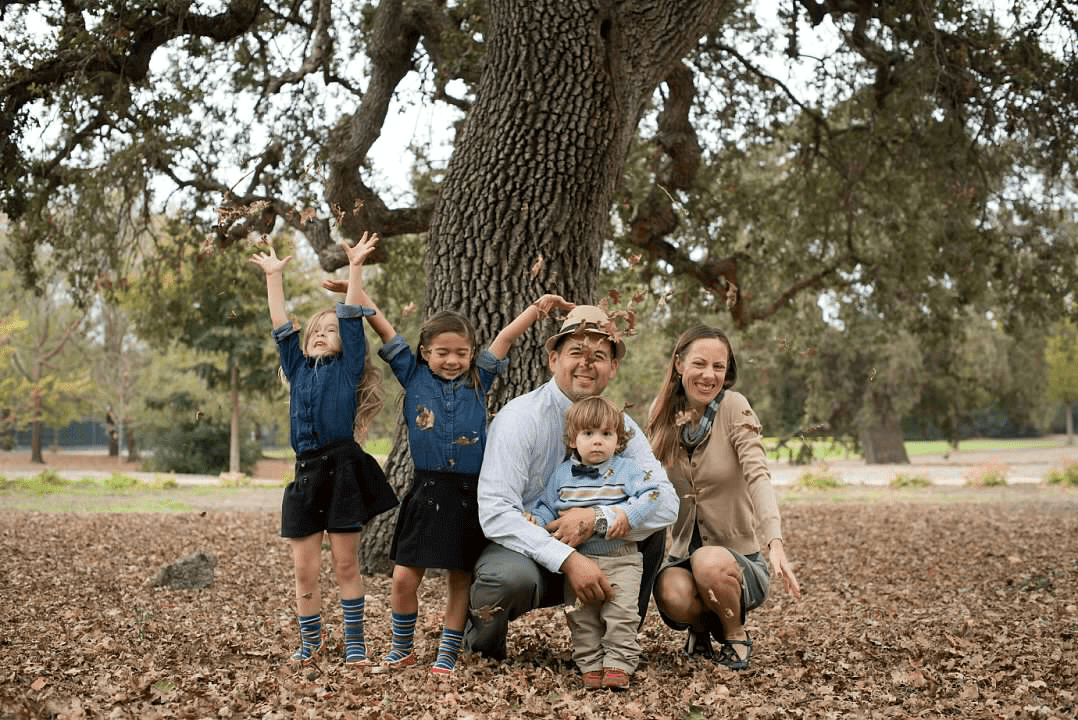
“Sustainability is always pushing the envelope on people’s discomfort. Change is hard.”
A discarded aluminum can, tossed under a flower at the edge of a dirt road.
For Rebecca Navarro, long bike rides with her dad, picking up roadside trash and carrying it in bags balanced on handlebars, is the formative memory that has lingered throughout her career. As a child thriving in rural Connecticut – in “the part close to New York City without the glamour and lots of cows” – she learned for the first time that cans are recyclable. She also learned redemption centers paid money for them.
In typical public service fashion, Rebecca donated those coins to charity.
“My dad showed me that service to the Earth is non-negotiable. We owe everything to the natural world. To protect it, we must understand relationships and what impact each of our actions has on the broader environment. Most of our students have never physically experienced or seen the impact of their actions.”

“I don’t have the luxury of only solving a problem by looking at it with one lens. Each person’s feedback is weighed against all the other truths to find an outcome that does the most good for the most people.”
Today, relationships and actions are integral to nearly everything Rebecca does as sustainability program manager for one of the U.S.’s top K-12 public school districts, Palo Alto Unified School District (PAUSD). Based in the heart of California’s Silicon Valley and Venture Capital Row, Rebecca manages environmental health, clean energy, transportation and quite a bit of education for PAUSD’s 17 schools and more than 12,000 students each year. It is a job that Rebecca says is rarely straightforward and frequently contentious.
“Sustainability is always pushing the envelope on people’s discomfort. Change is hard. Yet a sustainable journey should not be joyless. When you help and are successful, that’s where we make meaningful change.”
Energy, for example, is a tricky thing, says Rebecca. Electricity is not tangible. Unlike watching ice melt, it is hard to see what renewable energy can be replacing.
What people can see is buildings. Landscaping. The way things have been for years.
In the case of PAUSD, when it became known that the best place to locate solar generation – a keystone component of the district’s sustainability and city of Palo Alto’s climate action plans – was to build highly desired solar parking shade structures in front of a beloved high school, a landmark about to celebrate its centennial, tensions built quickly.

solar parking array was re-located to a bus yard versus a historic high school.
“The more you can do now that is genuine in relationships, the more likely that when you get to the other side of a big, contentious project, you will still be on the same team at the end of it.”
“I don’t have the luxury of only solving a problem by looking at it with one lens. Each person’s feedback is weighed against all the other truths to find an outcome that does the most good for the most people.”
The process was initially heated – and political. The solution became collaborative – and lasting.
Working closely with a pivotal community leader who had once been the solar project’s biggest detractor, Rebecca and community teams worked together to successfully find and relocate the 100-kW solar array to another school location. From those rough beginnings, the two leaders have since worked together to accelerate other solar installations across six school campuses.
“Having authentic relationships is as important – or even more so – as doing the work. The more you can do now that is genuine in relationships, the more likely that when you get to the other side of a big, contentious project, you will still be on the same team at the end of it.”
Leading by example is also crucial, says Rebecca.
When she first joined PAUSD in 2005 she taught eighth grade English. Rebecca says that shifting to become the district’s energy manager was more of a calling than a job. A self-described “one-woman-energy-conservation-show” meant lots of walking. For years, visiting hundreds of classrooms, changing thermostat set points, climbing up and down from roofs, calming angry staff disgruntled by overly sensitive lighting controls, she has become a highly visible face of calm answers and changes that frequently push the limits of people’s comfort zones.

“What is fun is meeting students where they are. There is a lot of learning underway and to see that spark ignite with students, to see them get out of their routine and into new ways, to watch them learn something new for the first time.”
“People are smart, and even if you lead by example or frame change as nonjudgmental, people will feel what they want to feel and that’s absolutely OK.”
At home, she lives with her husband, Sergio, and three children, all within an 800-square-foot house. To literally minimize their carbon footprint, they remodeled rather than rebuild larger to take advantage of the smaller space and the great California climate. Rebecca says her family has also gone through their own huge culture shift to achieve as close to zero waste as possible. Today, the entire household produces only a gallon of trash every six months. Everything else is reused, recycled, or composted.
In the end, Rebecca’s ultimate wish is that her efforts help her own children as well as future generations make wise decisions – and find some joy doing it along the way.
“What is fun is meeting students where they are. There is a lot of learning underway and to see that spark ignite with students, to see them get out of their routine and into new ways, to watch them learn something new for the first time. That’s why I do this. I’m confident students have what they need to grow up to be good stewards of the natural world.”